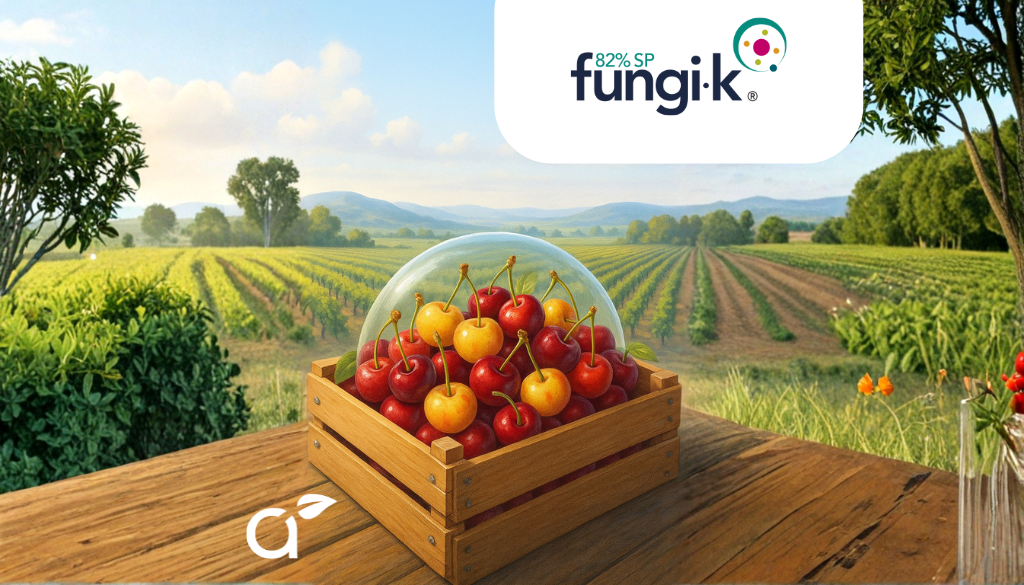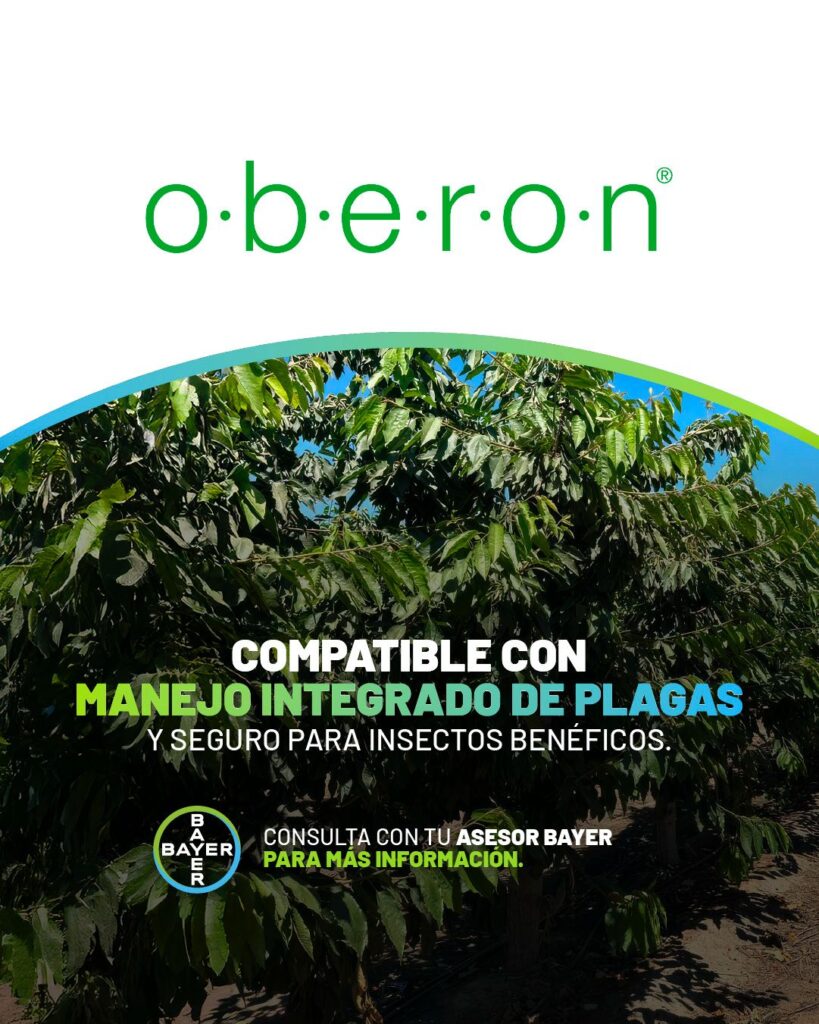The Tavan Chile team is constantly deployed in the field to verify how weather conditions affect cherry cultivation.
This season, due to a winter with unfavorable conditions, its technical advisors have found that in many orchards throughout the production area there are plantations with a marked lack of uniformity in the color of the fruit.
“This is caused by the lack of cold hours in winter, which causes uneven flowering, which then translates into uneven fruit set and, finally, uneven ripening. It must be taken into account that the colour and sugar gain in the cherries is an indicator of ripening,” explains José Ignacio Tagle, from the central-southern region of Tavan Chile.
To meet this challenge, Tavan Chile, a company with more than 20 years of experience in biotechnology applied to agriculture, recommends the application of its SPRINT product.
SPRINT is a formula specially designed to accelerate the processes of colour acquisition and sugar increase, thus achieving a more homogeneous harvest, without over-ripening the fruit or affecting the size.
“Today there are many products on the market that, while they help with colour and sugar acquisition, also ripen the fruit before it reaches its commercial size, which ends up affecting the return to the producer, since the best sizes are those that obtain the best prices. This does not happen with SPRINT, since its delicate formulation acts specifically on the metabolic pathway of sugar and anthocyanins,” adds Tagle.
Another advantage of applying SPRINT is that by homogenizing the harvest without affecting the size, it allows the producer to concentrate the harvest and collect the fruit in fewer passes. “We know that during the cherry season labor is in high demand, so harvesting in fewer passes also allows for savings in this area,” adds the central-southern zone manager of Tavan Chile.
After the rains
This cherry season has also been affected by heavy spring rains, which create ideal conditions for the development and proliferation of diseases caused by fungi and bacteria in the wood and foliage. “In recent days we have been visiting the orchards of our clients and also of other producers who are concerned about the appearance of different symptoms that indicate the presence of wood diseases,” says Tagle.
He adds that if the orchards show signs such as gum exudation on the trunks and branches, necrotic pustules, death of twigs, arms or trees, it is necessary to contact a technical advisor to make a correct diagnosis and be able to recommend what to apply at this stage of the crop. “Many times the diagnoses are not correct, since many symptoms between diseases are similar,” adds the technical zone of Tavan Chile.
For a comprehensive management of wood diseases, Tavan Chile suggests the application of its spring-summer program, composed of the products Bactofus, plus V6, plus pH4. In turn, the application of the soil treatments Axion Full and Wert via irrigation.








